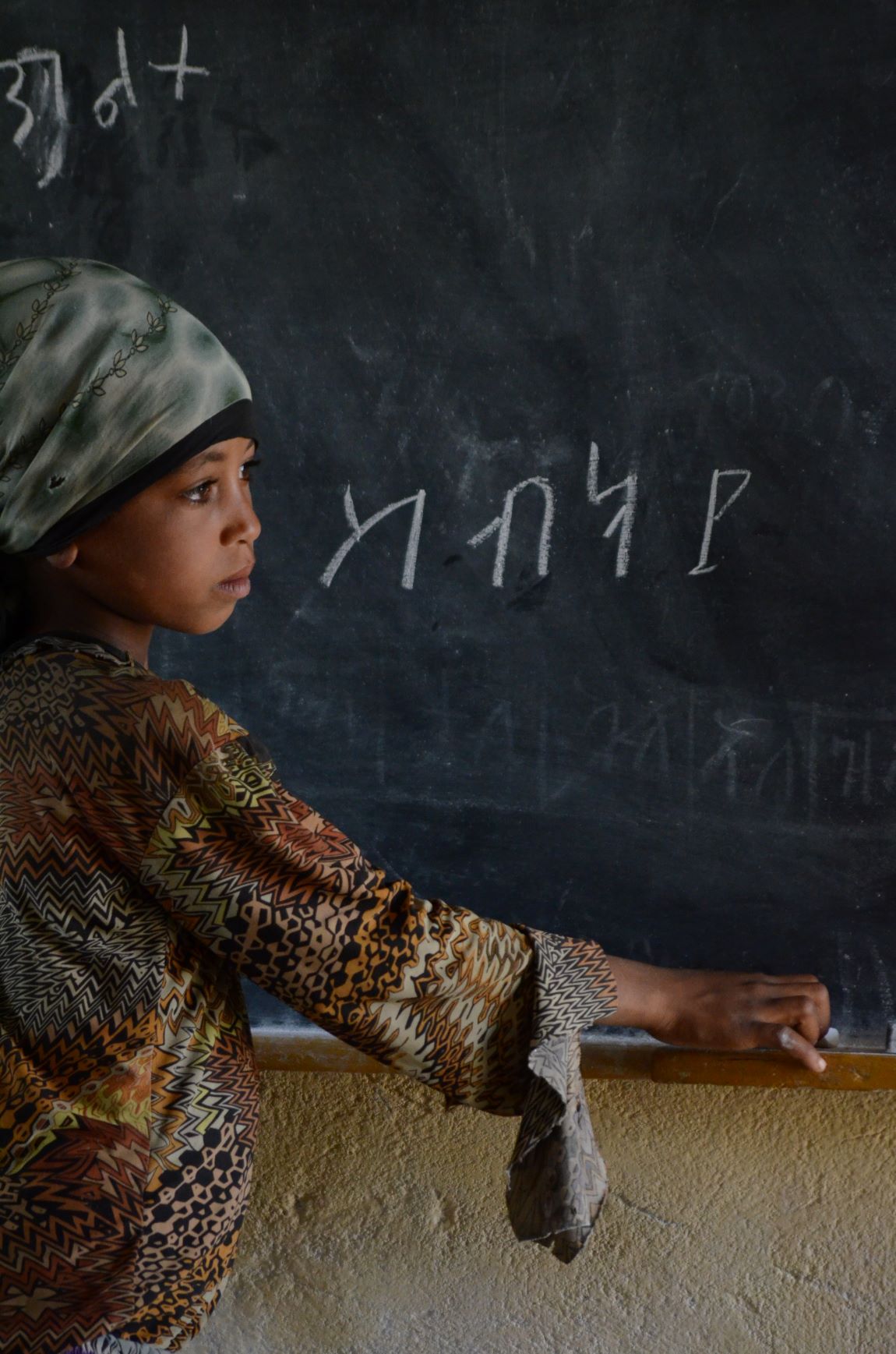Looking Beyond School Closures: Considering Teacher Well-Being and Support
Whether schools are reopening or continue to be closed with some form of virtual instruction, it is clear that school systems are facing tremendous changes. For this new reality, aside from family and student well-being and student academic growth, we also need need to place emphasis and consideration on our teachers. This includes their well-being, their support, and their training.





